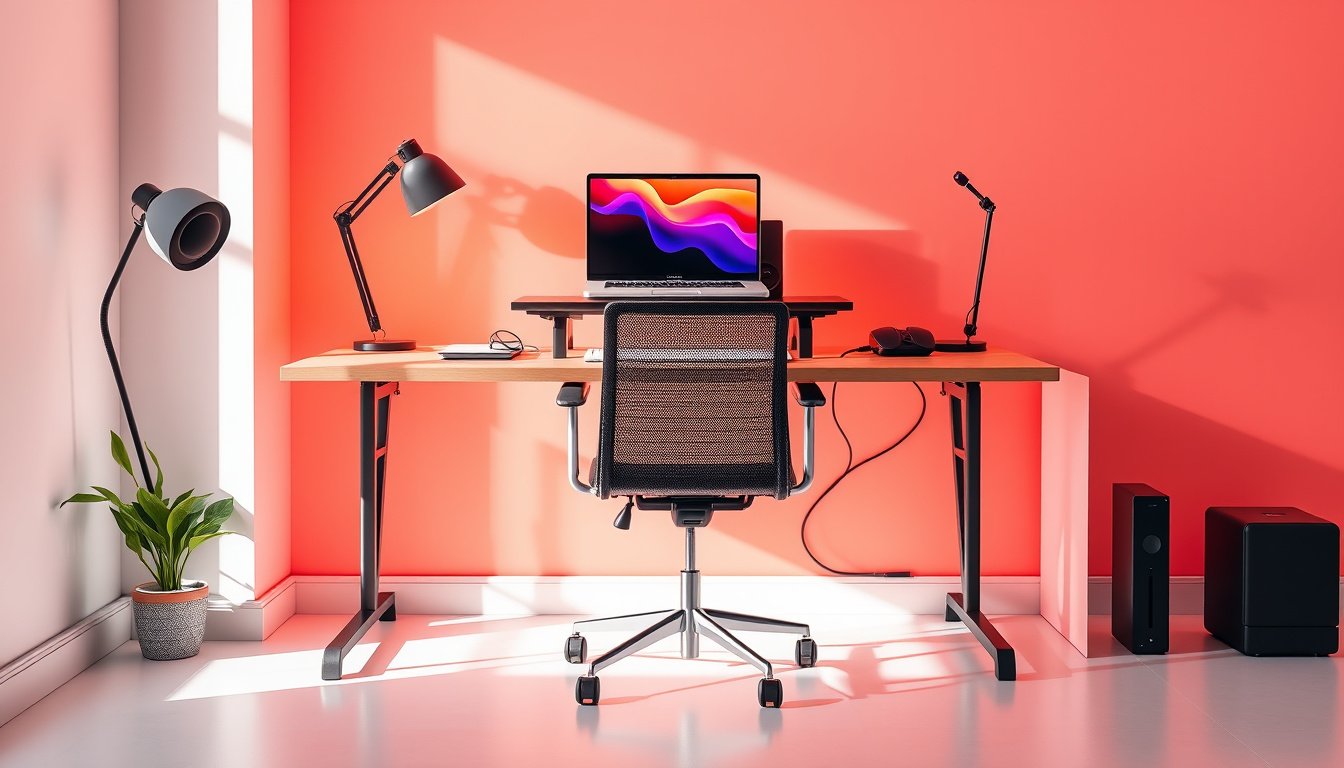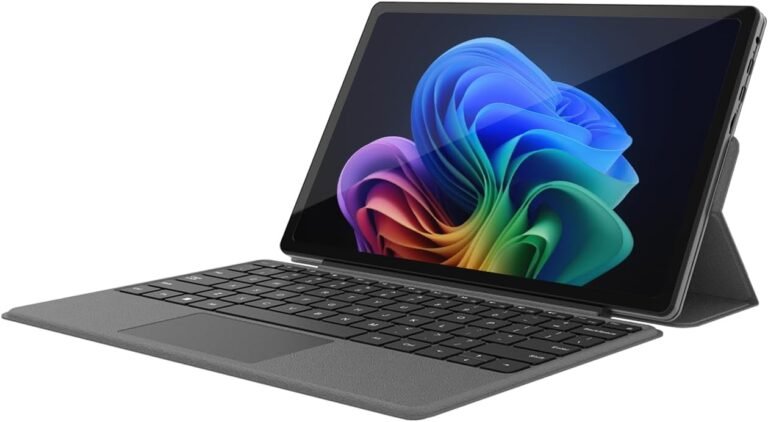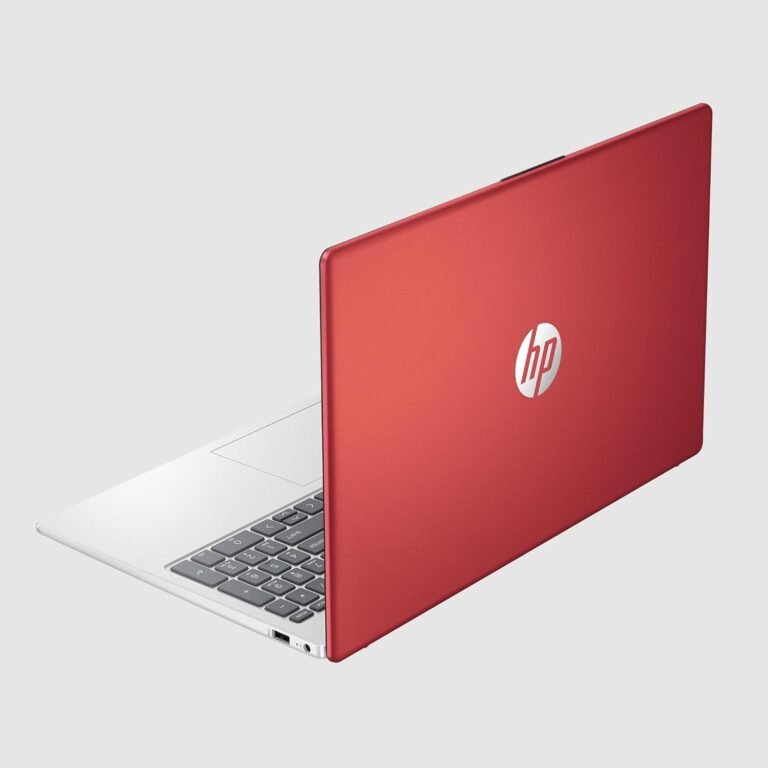
In the modern digital workspace, the laptop has become an indispensable tool. However, using a laptop directly on a flat desk surface can often lead to poor posture, discomfort, and decreased productivity over time. Enter the laptop stand — an ergonomic accessory designed not only to elevate your device but also to enhance comfort and efficiency. This guide will walk you through the benefits of using a laptop stand, the different types available, and how to optimize your workstation for improved health and output.
Why Use a Laptop Stand?
Ergonomics and Health Benefits
A primary reason many professionals turn to laptop stands is the ergonomic advantage they offer. Placing a laptop flat on a desk typically forces users to hunch forward, crane their neck downward, and adopt awkward sitting postures. Over extended sessions, this can contribute to neck and shoulder pain, back discomfort, and a condition known popularly as “tech neck.”
A laptop stand raises your laptop’s screen to eye level, promoting a natural, aligned spine and neck position. This simple adjustment can dramatically reduce muscle strain and fatigue, helping you maintain energy and focus throughout your workday.
Enhanced Cooling and Performance
Elevating your laptop also improves airflow beneath the device, preventing overheating—a common issue during intensive computing tasks like gaming, video editing, or long hours of multitasking. Some stands include built-in cooling fans or ventilated surfaces to optimize heat dissipation further, thereby protecting your hardware and sustaining peak performance.
Workspace Organization and Functionality
Laptop stands can declutter your desk by creating additional space below your elevated device, perfect for storing keyboards, mice, or documents. Many models come equipped with cable management features that keep cords neat and reduce distractions, contributing to a tidy and efficient environment.
Professional Appearance for Virtual Meetings
Video conferencing has become integral to remote work culture. Using a stand elevates your laptop camera to eye level, offering a more flattering and professional angle compared to the often unflattering upward or downward views captured when laptops sit flat on a surface.

Types of Laptop Stands
Understanding various laptop stands helps you select the right one for your specific needs.
1. Adjustable Height Stands
These stands feature multiple height and angle settings, allowing users to customize screen elevation for maximum ergonomic comfort. They’re ideal for fixed desk environments, supporting laptops of various sizes with sturdy bases and easy-to-use adjustment mechanisms.
2. Portable and Foldable Stands
Designed for flexibility and mobility, these lightweight stands fold flat for easy transport. Though they may not offer the full height range of desk stands, portable models significantly improve posture compared to using a laptop flat on any surface, making them perfect for remote workers and travelers.
3. Cooling Stands
Equipped with built-in fans or ventilated platforms, cooling stands help manage laptop temperatures actively. Powered usually by USB connections, they prevent overheating during demanding tasks, prolonging device life and maintaining performance levels.
4. Lap Desks
Ideal for those who prefer flexibility in work location, lap desks provide a stable surface for laptop use while sitting on a couch or bed. They typically include cushioning on the underside and may feature adjustable angles.
Materials and Build
Laptop stands come in various materials—aluminum for durability and heat conduction, wood for aesthetics and sturdiness, plastic for lightweight affordability, and steel for maximum stability. Choosing the right material balances your preferences for portability, appearance, and function.
Addressing Common Concerns
Some users worry that elevating the laptop screen means sacrificing the laptop’s built-in keyboard and screen size, potentially necessitating an external keyboard and monitor. While this is true for achieving ideal ergonomics, many find that investing in quality peripherals actually enhances the overall computing experience, offering larger displays and more comfortable typing setups. For users less inclined to use additional accessories, portable stands still offer improvements by providing better viewing angles without completely disconnecting from the laptop’s hardware.
Tips for Maximizing Your Laptop Stand Use
- Pair with External Keyboard and Mouse: To fully benefit from an elevated laptop, use an external keyboard and mouse positioned at elbow height to maintain a neutral wrist and arm angle.
- Adjust Stand Height and Angle Frequently: Find the sweet spot where your eyes naturally fall on the top third of the screen; this minimizes neck extension.
- Ensure Stability: Use stands with non-slip pads or secure grips to prevent wobbling during typing.
- Optimize Cooling: If your work is resource-intensive, prioritize stands with ventilation or active cooling to keep device temperatures in check.
- Maintain a Clutter-Free Zone: Use cable management features to keep your workstation tidy and free of distractions.
Who Should Use a Laptop Stand?
- Office Professionals: To promote long-term spinal health and productivity during extended work hours.
- Remote Workers and Digital Nomads: For convenient, ergonomic setups across various locations.
- Gaming and Creative Professionals: To manage heat and maintain high performance during demanding applications.
- Frequent Travelers: To enable comfortable workstations on the go without sacrificing portability.
Using a laptop stand is a simple yet effective way to enhance your workstation ergonomics, device longevity, and overall comfort. Whether you work from home, coffee shops, or co-working spaces, a well-chosen laptop stand elevates your experience—literally and figuratively. Embrace this essential tool to protect your health, increase productivity, and create a professional, organized workspace wherever you go.









